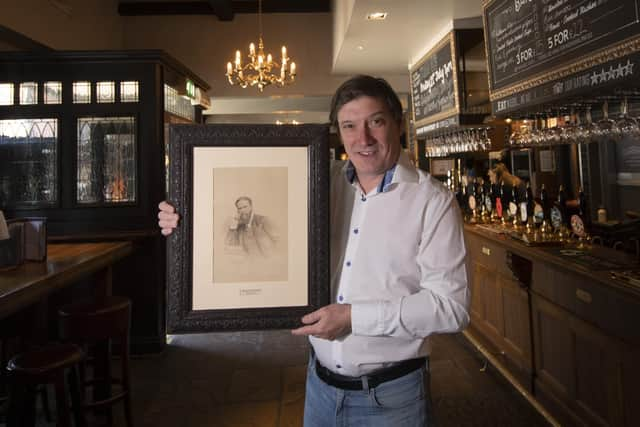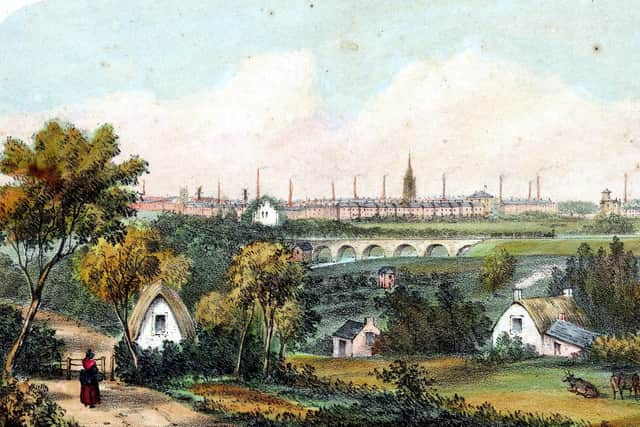Scarbrough Hotel: Historic Leeds centre pub celebrates milestone birthday
and live on Freeview channel 276
The Scarbrough Hotel on Bishopgate Street is celebrating its 200th birthday and has organised a party to remember this summer.
The history dates back to when Leeds Manor House stood on the site of ‘Castle Hill’, its deep moat looped between the river and Boar Lane.
Advertisement
Hide AdAdvertisement
Hide AdThe building was lavishly rebuilt in 1765 before being taken over by landlord Henry Scarbrough in 1823 when it was named The King’s Arms. The present day pub is a surviving extension and over the years was nicknamed ‘The Taps’ either due to its taproom where people would enjoy tasting sessions or being used for Leeds City Varieties auditions.


The pub has also been visited by a number of famous faces over the decades. These have included writer Charles Dickens, regarded by many as the greatest novelist of the Victorian era, Hungarian composer Franz Liszt, English composer Lewis Henry Lavenu and The Prince of Wales who went to to become King Edward VII.
Fast forward to 2023 and pub bosses are planning a celebration to remember this summer. The festivities are being staged on Friday, July 21, at 7pm and will feature live music, Morris Dancers, sword dancers, the launch of a Yorkshire Beer Festival and a talk about the site from a local Leeds historian.
Toby Flint, who has been landlord since 2003, said: “It has been my pleasure to be the custodian of this fine hostelry for the last 20 years, it does not escape me that I am just one of many people who have had the pleasure and responsibility of running this venue. I know that when I am gone The Scarbrough Hotel will still be here. It is my job to ensure it thrives so it can continue to be enjoyed by many future generations of Leeds folk and visitors alike.
Advertisement
Hide AdAdvertisement
Hide Ad“Sometimes, when I am fortunate enough to be on holiday, I will frequently bump into people who know Leeds and the Yorkshire area and when I say where I work, invariably, they will know this pub. It never ceases to amaze me when this happens.”


The Scarbrough Hotel has identified more than 30 of its publicans over the years.
"We are missing the landlords who ran the pub between 1962 and 1994,” said Toby. “Any help identifying them would be appreciated.”
Toby says changing with the times has helped the pub stay relevant to regulars and visitors.
Advertisement
Hide AdAdvertisement
Hide Ad“Change has been a large part of how we have kept up with the times and kept going strong. We changed name from The King’s Arms to the Scarbrough Hotel in the mid-1800s, extended into another building in around 1899, the current tiled frontage was erected in 1922, and there have been several major other changes in more recent times.
"The smoke rooms are now all gone and the bar has moved significantly in my time too. I’ve even managed to embrace the social media element of modern pub running! We have had to change, whilst ‘staying the same’, and I think this has helped us stay relevant.”
He added: “We mustn’t forget our history and remember that we stand on the shoulders of giants!”
